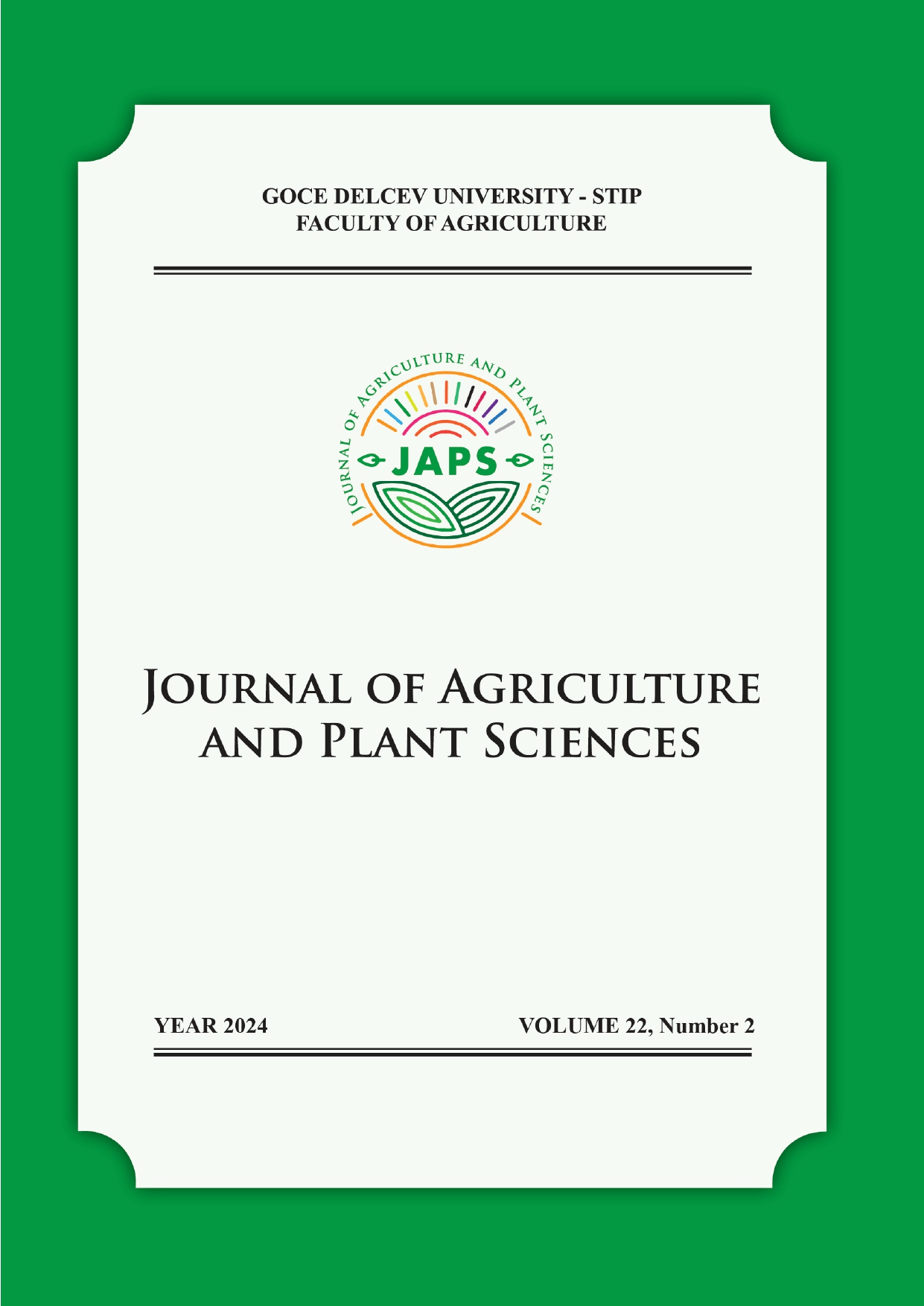ERADICATING VARROA MITES (VARROA DESTRUCTOR) BY SPRAYING CLOVE TEA
DOI:
https://doi.org/10.46763/JAPS2422281pAbstract
This study is a field experiment of using clove tea as an effective treatment against varroa mites (Varroa destructor), by spraying the tea directly on all the frames in the beehive. Two experiments were conducted, one for 14 weeks, with an application of clove tea once every 2 weeks and the other for 8 weeks with an application once per week. In both experiments after 6 applications, the tea-treated varroa-infected beehives were completely varroa-free, concluding complete eradication.
Downloads
Published
Issue
Section
License
The intellectual property and copyright on the original content of all scientific contributions in the published paper shall remain with the authors. Authors give permission to the JAPS owner to publish the paper. All authors agree to publish the paper under Attribution-NonCommercial-NoDerivatives 4.0 International license (CC BY-NC-ND 4.0).

